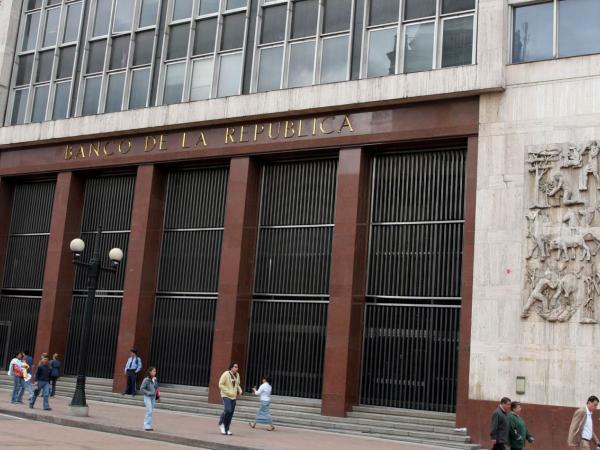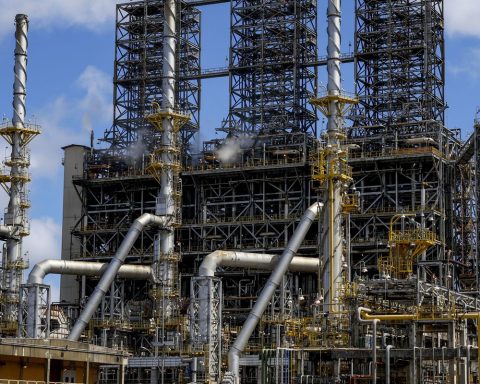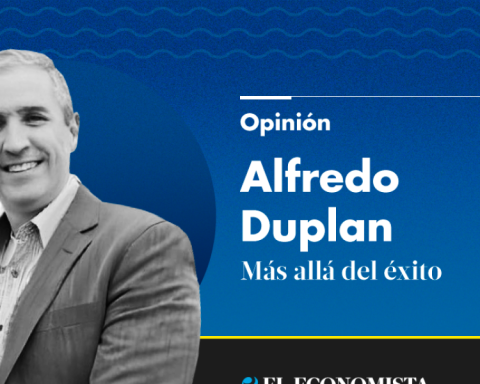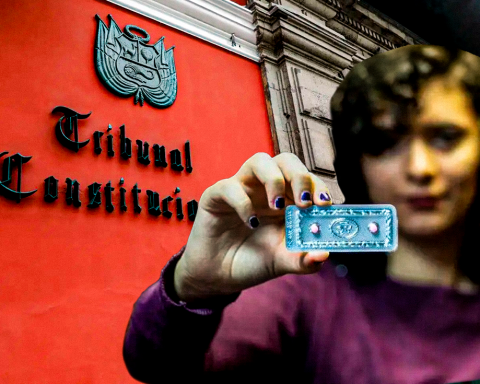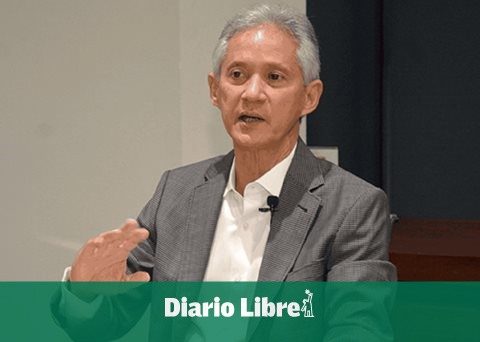Continuing with its policy of monetary normalization initiated in September of last year and which seeks to control inflation and its expectations, the Banco de la República once again raised its interest rate by 100 basic points (bp) and took it to 6%.
(This is how the rise in rates of the Banco de la República affects your pocket).
Said monetary policy rate had not been seen since mid-2017, at a time when the Banco de la República had been lowering it, after it reached a level of 7.75% in August 2016 and became the highest in more seven years old.
The decision was made by a majority of 4 to 3. These last members of the Board voted for an increase of 150 bp
(Banco de la República raised interest rates to 6%).
The Issuer’s manager, Leonardo Villar, said that in its policy discussion, the Board of Directors took into account that in March total inflation increased from 8.01% to 8.53%, while inflation without food or regulated prices went from 4. 11% to 4.51%.
Likewise, he said that inflation expectations for 2022 are around 7% and for longer time horizons they converge towards the 3% goal, as indicated by the expectations of 4% by the end of 2023 and 3.7% at 24 months.
He announced that the technical team of Banco de la República revised upwards its growth forecast for 2022 from 4.7% to 5.0%, keeping it at 2.9% for 2023.
The manager of the Colombian central bank said that the prospects for a faster-than-expected rise in interest rates in the United States and the impact on international prices of Russia’s invasion of Ukraine could generate additional inflationary pressures.
In addition, he assured that with the decision adopted, the Board of Directors of the Banco de la República continues with the gradual but firm process of adjusting monetary policy with the purpose of ensuring a progressive return of inflation to the 3% annual goal.
“We are very concerned about being far from the (inflation) goal that we should be meeting, but these are international factors that are not in our control. Many price increases in imported goods and internal shocks have lasted longer than expected and have made us react to avoid something permanent”, said the general manager of Banco de la República.
Villar also warned that that is why this adjustment is taking place, which began in September of last year “and that we have been making a faster pace because the impact from abroad is greater, although we have seen a solid behavior of the economy that allows us the strong response that we have already made three times this year”.
For the Issuer’s manager, the rate hikes show the concern and commitment to return towards the goal and said that “the neutral interest rate is estimated at a figure around 1.9% real, but its magnitude depends on how it is calculate”.
Villar commented that the effect of conflict in Ukraine it has several facets because “there is a short-term impact with the increase in the prices of commodities that Colombia exports such as oil, coal and nickel and tends to reduce the magnitude of the current account deficit of the balance of payments” and that influenced some capitals that arrive towards the region.
But the conflict has two other facets because “the commodities that Colombia imports generate an impact on the deficit and also due to additional inflationary pressures. Another effect is that it puts pressure on the increase in food and energy prices and in this way indicates the need for an adjustment of the policies of the advanced countries that is stronger than previously thought”, indicates Villar.
It must be remembered that the United States Federal Reserve plans to raise interest rates next week and most analysts believe that the increase will be strong and, furthermore, in the remainder of the year there will be several.
For the manager of the Colombian central bank, these increases may have an adverse effect on economies such as Colombia.
For the Minister of Finance José Manuel Restrepo, one of the seven members of the Board of Directors, the rate adjustment is “gradual but firm” and indicated that the difference from four to three shows the differences that exist compared to the increase, but in what regarding the speed of movement and recalled that the decision to increase rates was mainly influenced by the persistence of inflation, as well as food and basic inflation.
He considered positive the behavior of the Colombian economy that made the Issuer increase its growth projection from 4.7% to 5% and ruled out that the winter wave will generate problems for the economy in the short term.
For his part, Sergio Olarte, chief economist at Scotiabank Colpatria, said that the divided decision within the Issuer’s Board “shows the clear bias that first, the rise in interest rates will continue, while inflation may even reach to 9% or more in annual terms and it will take a much longer time than previously anticipated, to return to the Issuer’s target range”.
BRIEFCASE
